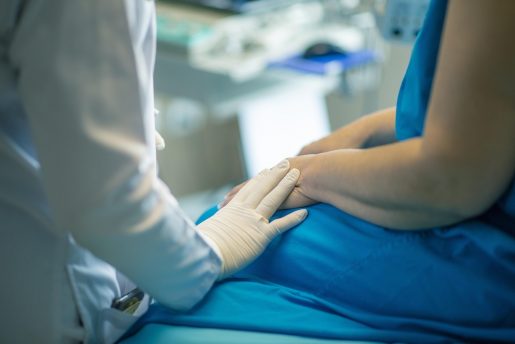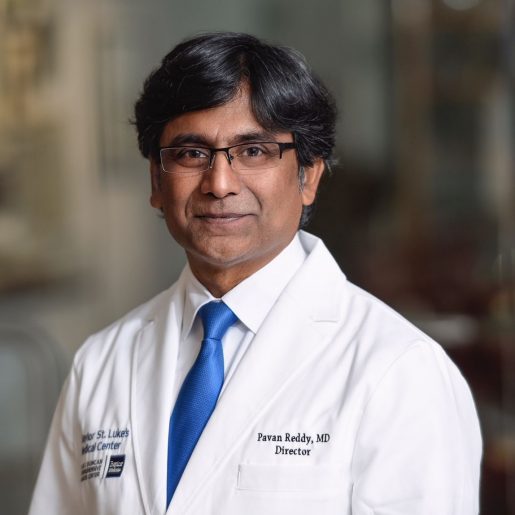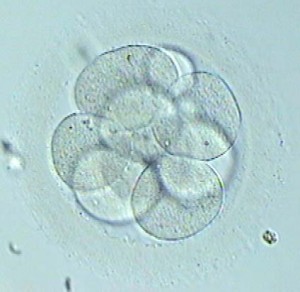Intestinal stem cells have a hard time ‘forgetting’ an encounter with inflammation

A team of researchers at Baylor College of Medicine, the University of Michigan and collaborating institutions is studying graft-vs-host disease (GVHD), an inflammatory response that is major cause of mortality after bone marrow transplantation, a potentially curative therapy for many blood diseases.
“One of our goals is to better understand GVHD and identify strategies to control it,” said corresponding author Dr. Pavan Reddy, professor and director of the Dan L Duncan Comprehensive Cancer Center at Baylor and previously at the University of Michigan.

“GVHD is an inflammatory reaction in which immune T cells from the bone marrow transplant donor attack the host gut cells, mainly intestinal stem cells (ISCs),” said first author Dr. Dongchang Zhao, in Reddy’s lab. “In the current study published in Cell Stem Cell, we investigated the consequences of inflammation on ISCs in well-defined clinically relevant models of GVHD.”
Inflammation leaves a long-lasting impression on intestinal stem cells
Although many ISCs perish during GVHD, survivors remain. However, it’s not known whether they are fully functional or can return to their full functionality after the resolution of GVHD, which has fundamental implications for host resilience and repair.
Using cellular and animal models, we found that exposure to inflammation drove ISCs to change their metabolism in ways that resulted in the accumulation of succinate, a product of cellular processes, which in turn reprogramed the epigenome,” Zhao said.
The epigenome is a system of chemical marks on the DNA that regulates the genes expressed by the cell. Inflammation-led epigenome reprogramming changed the expression of genes involved in cell reproduction. Overall, reprogrammed ISCs were less able of regenerating, a first step toward healing the intestine.
“We then investigated whether ISCs would be able to recuperate their regenerative ability after inflammation had resolved,” Reddy said. “We found that ISCs had not overcome their initial exposure to inflammation. Despite mitigating GVHD inflammation for 28 days, ISCs retained a reduced regenerative capacity. This led to poor recovery and increased mortality from challenges, such as non-lethal radiation exposure, in animal models.
More research is on the way to design strategies to help ISCs ‘forget’ their encounter with inflammation and enhance their resilience against immune attacks.”
Other contributors to this work include Visweswaran Ravikumar, Tyler J. Leach, Daniel Kraushaar, Emma Lauder, Lu Li, Yaping Sun, Katherine Oravecz-Wilson, Evan T. Keller, Fengju Chen, Laure Maneix, Robert R. Jenq, Robert Britton, Katherine Y. King, Ana E. Santibanez, Chad J. Creighton and Arvind Rao. The authors are affiliated with Baylor College of Medicine, University of Michigan and the University of Texas MD Anderson Cancer Center, Houston.
This work was supported by NIH grants (P01CA039542, P01HL149633, R01CA203542, R01HL152605, R01CA217156, R01AI165563 and CA125123) and by a Cancer Prevention and Research Institute of Texas (CPRIT) grant (RR220033).
Follow From the Labs on X @BCMFromtheLabs and Instagram!



